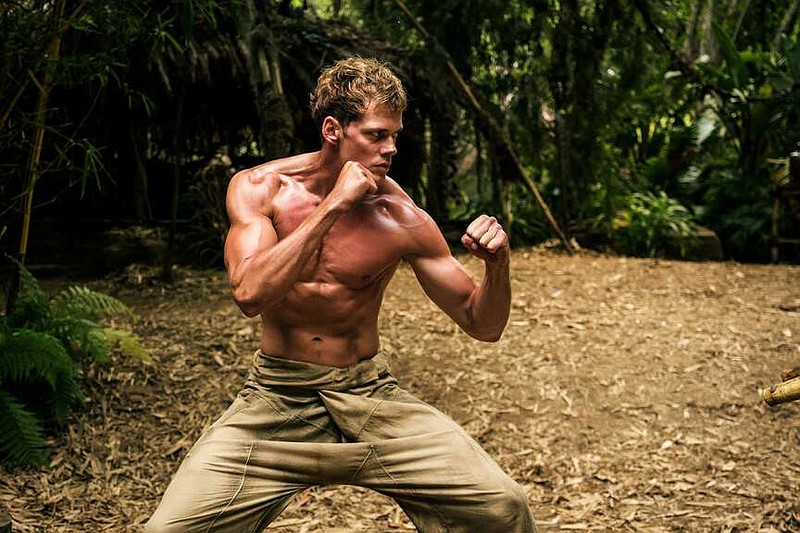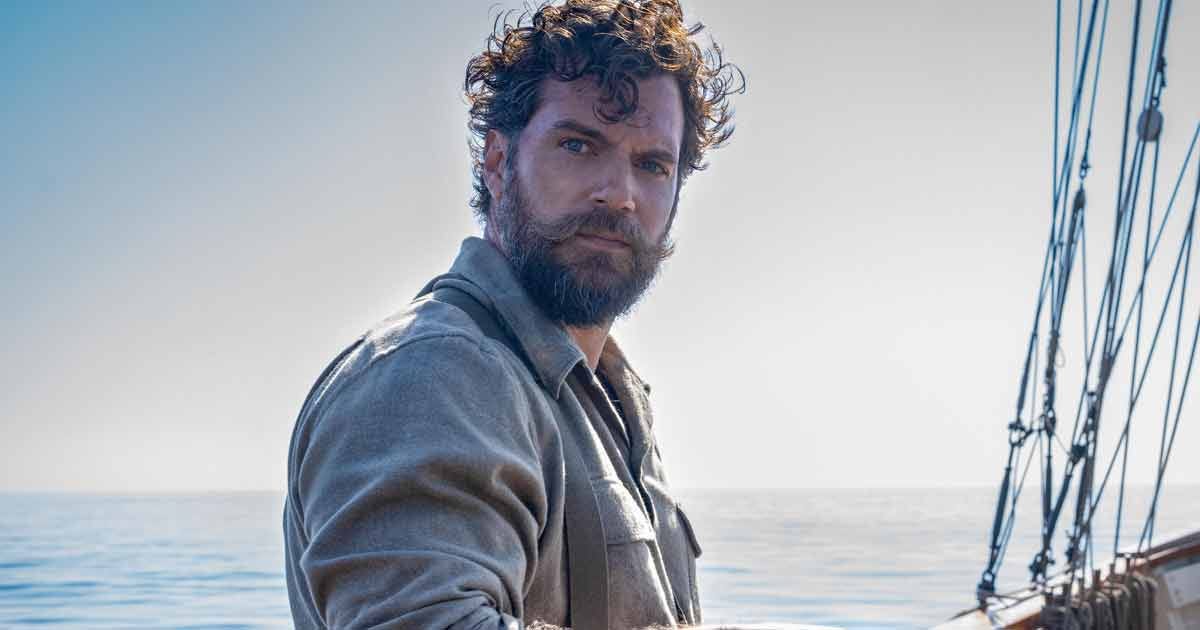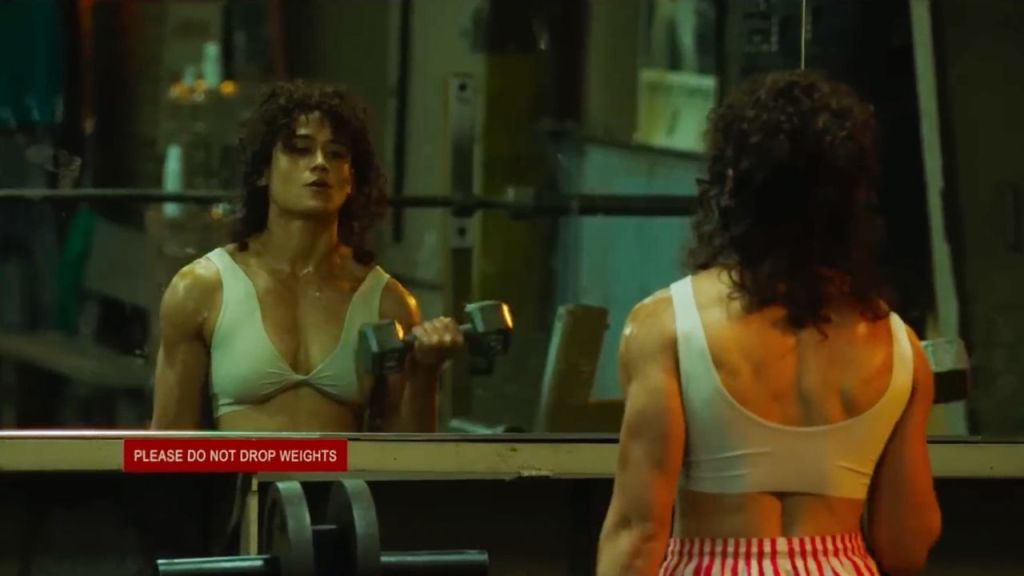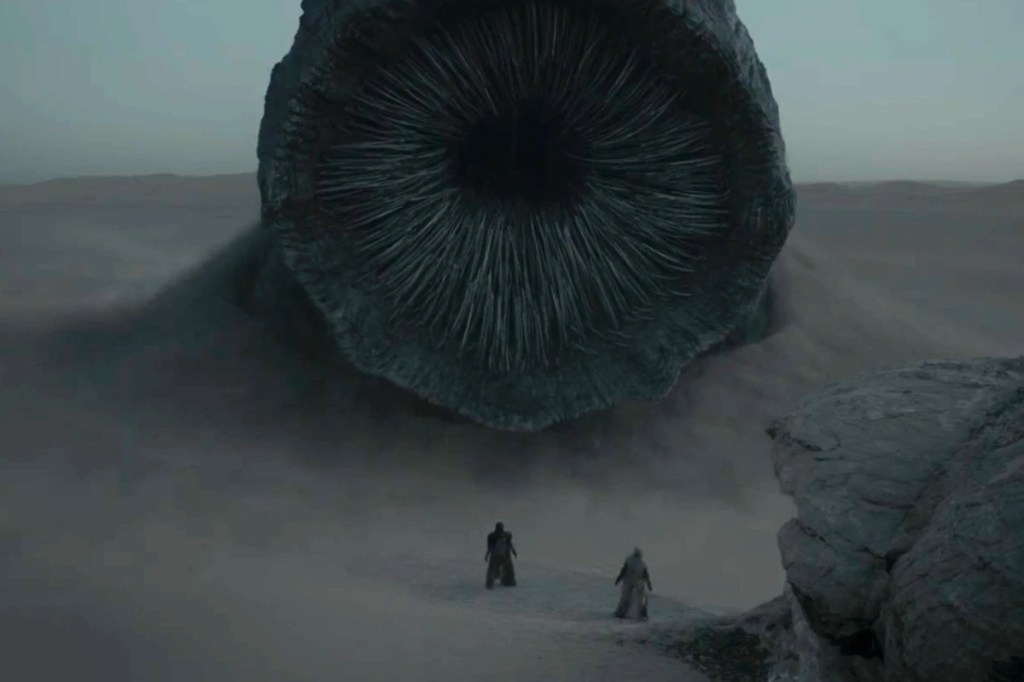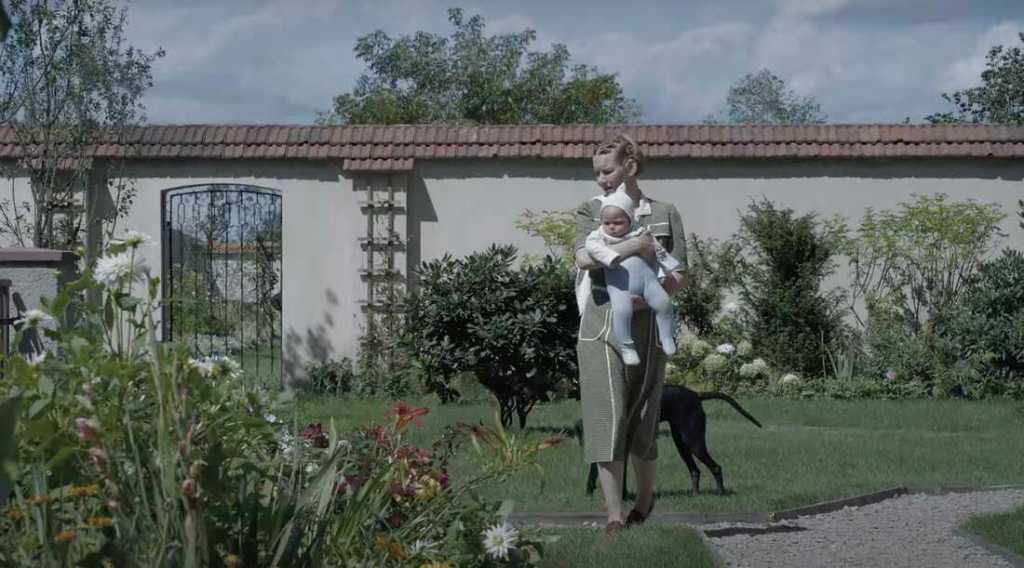Reboot hails Caesar


And so we enter into our next “Planet of the Apes” trilogy. Back in the ’60s and ’70s, theaters were packed for people in ape suits chasing after hunky Hollywood sorts such as Charlton Heston (the 1968 original with a script by “Twilight Zone” creator Rod Serling) and James Franciscus (“Beneath the Planet of the Apes”) playing men caught out of time and in the wrong place – a world ruled by talking apes where humans were largely mute also-rans. They were the kindlings of the blockbuster before there was “Jaws” (1975) or “Star Wars” (1977) Those films, all starring Roddy McDowall, were a five-pack with the actor playing the demure, science-minded chimp Cornelius in the first three and then his son, Caesar in the last two, “Conquest for the Planet of the Apes” (1972) and “Battle for the Planet of the Apes” (1973).
Skipping over Tim Burton’s 2001 stinker, the 2011-2017 trilogy (“Rise,” “Dawn,” “War for …”) wasn’t so much a reboot as a retooling that leveraged CGI and the talents of motion-capture actor extraordinaire Andy Serkis playing the series centerpiece, Caesar, who leads the apes out of human tyranny and along the path to a peaceful sovereign existence. In that series, apes achieved higher intelligence and the ability to speak because of humankind’s meddling and experimentation, while humans turned aphasic and dimwitted due to a virus that pretty much shut down the planet – this being pre-Covid, mind you.
“Kingdom of the Planet of the Apes” is a new grab at a franchise (“From the beginning we thought about this as a trilogy,” director Wes Ball told Empire) that serves up a warm embrace of Caesar and his legacy. Since “War for the Planet of the Apes” the solidarity of ape-dom has fragmented and gone feudal. We’re a few generations out as the eagle clan of apes, a peaceful treehouse encampment-aviary, raise eagles to help them fish, scout and defend themselves. Humans are rare and believed to be near extinction.
Our protagonist is Noa (Owen Teague), a coming-of-age chimp whose father (Neil Sandilands) is leader of the clan and harsh to his own. On an excursion to find coveted eagle eggs and rise in rank and stature, Noa and his posse see signs of a lone human in the woods and other forces moving through the valley as well. The latter turns out to be a column of soldier apes sent forth by a bonobo known as Proximus Caesar (Kevin Durand), who, like any good Roman leader seeking to expand the empire, does so by sacking and enslaving – which is exactly what happens to the eagle clan. In the aftermath Noa links up with Raka (a beautifully baritoned Peter Macon), a hermit orangutan well versed in the teachings of Caesar (“Ape not kill ape,” which Proximus Caesar, who trades on the name for effect and de facto authority, violates regularly) and keeper of books, which Noa has never seen. Noa’s also never seen a human, but sure enough, the waif in the woods, (Freya Allen, “The Witcher”), now trailing them for food scraps, comes out of the dark and joins them on their quest to infiltrate Proximus Caesar’s seaside fortress – an enormous, rusted-out aircraft carrier or cargo ship beached up against the rocky cliffside – and free the eagle clan survivors, Noa’s mother and a budding love interest among those imprisoned. It’s no spoiler to say that Allen’s Mae (the apes call all human women “Nova” by default) can speak, which blows even Raka’s mind.
The film’s gorgeously shot and boasts some imaginative world building, but there’s a lot going on, perhaps too much: Proximus Caesar’s larger agenda is to gain access to an old military silo for the ostensible humanmade war machine relics inside; to date, their big tactical weapon is an electric cattle prod; other than that, it’s knives, spears and fists. Several plot threads never get tied up, and Noa and Mae are thinly drawn – twice as much so if you hold them up against Serkis’ Caesar. Part of that is the uneven pacing by Ball, who cut his teeth on the “Maze Runner” series, another dystopian sci-fi concept. That said, there are some nice homages to the 1968 original, including a dark horse ambling regally down a deserted beach, those eerie scarecrow totems from the forbidden zone and the ominous trumpeting of a ram’s horn before a siege.
The film is less steeped in the metaphorical references to slavery and racism layered into the 1963 “Apes” novel by Pierre Boulle (who also wrote the novel that “The Bridge of the River Kwai” was based on) and more front and center in the earlier franchise. What we do get is some megalomaniacal clinging to power that feels Trumpian and plenty of fair digs about human hubris and the past due to repeat itself, as well as the perils of game-changing war technology falling into the wrong hands. Not much of it’s fresh, but it is dutiful and likely do well enough to ensure the next two chapters before another pause and a reboot. It’s how it goes, damn them all to hell.



